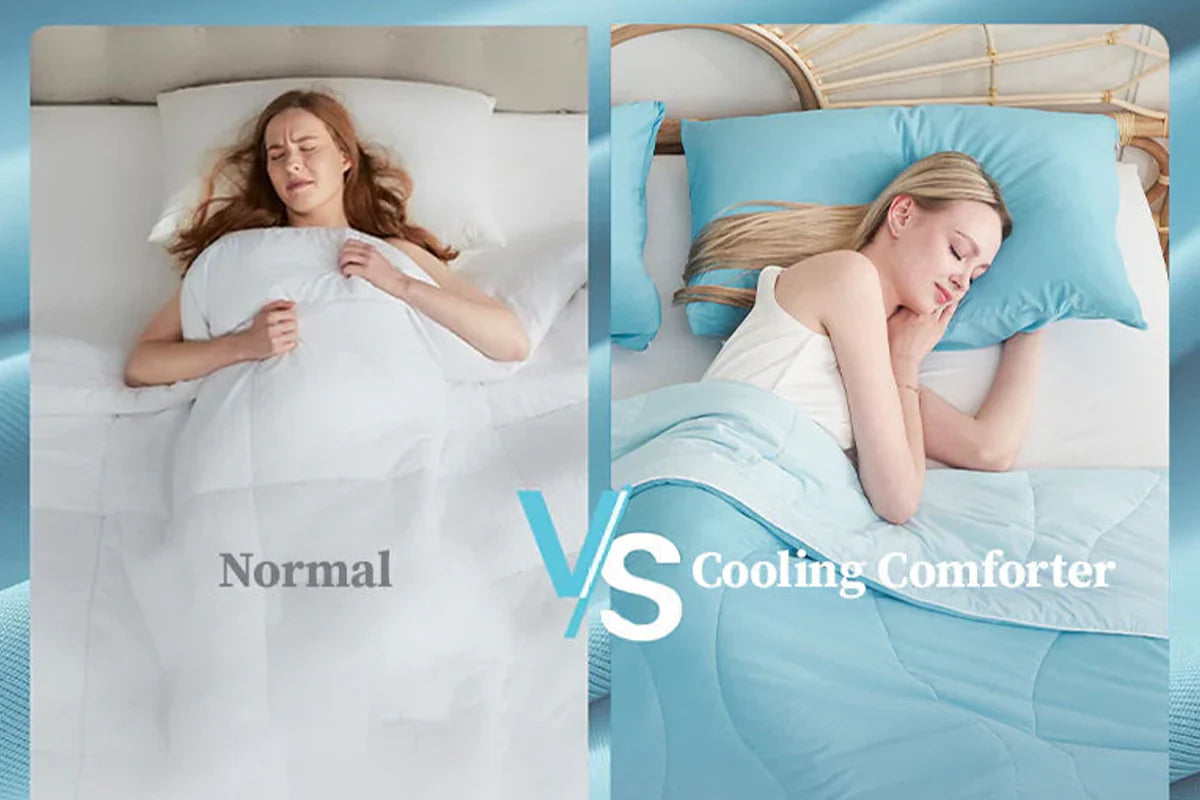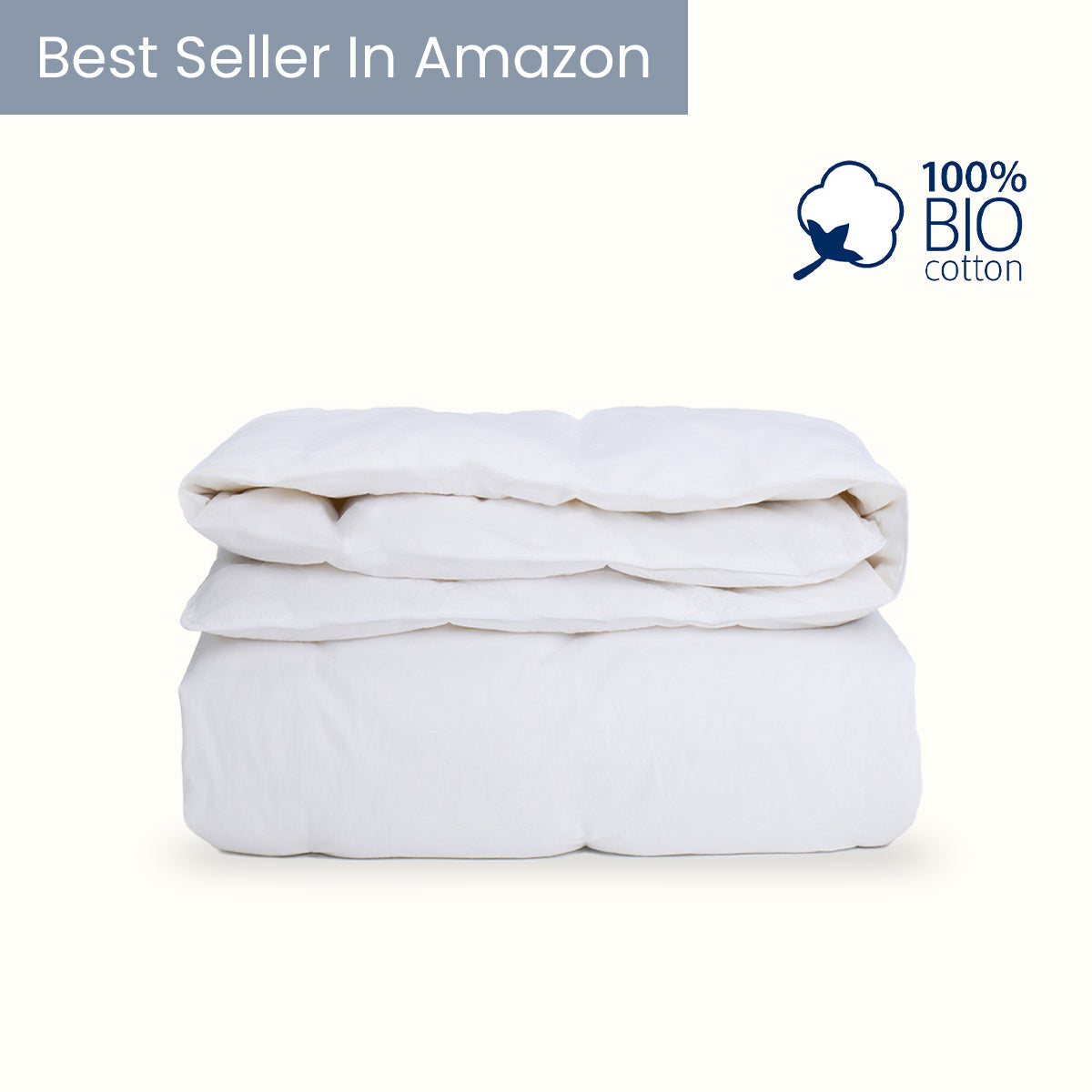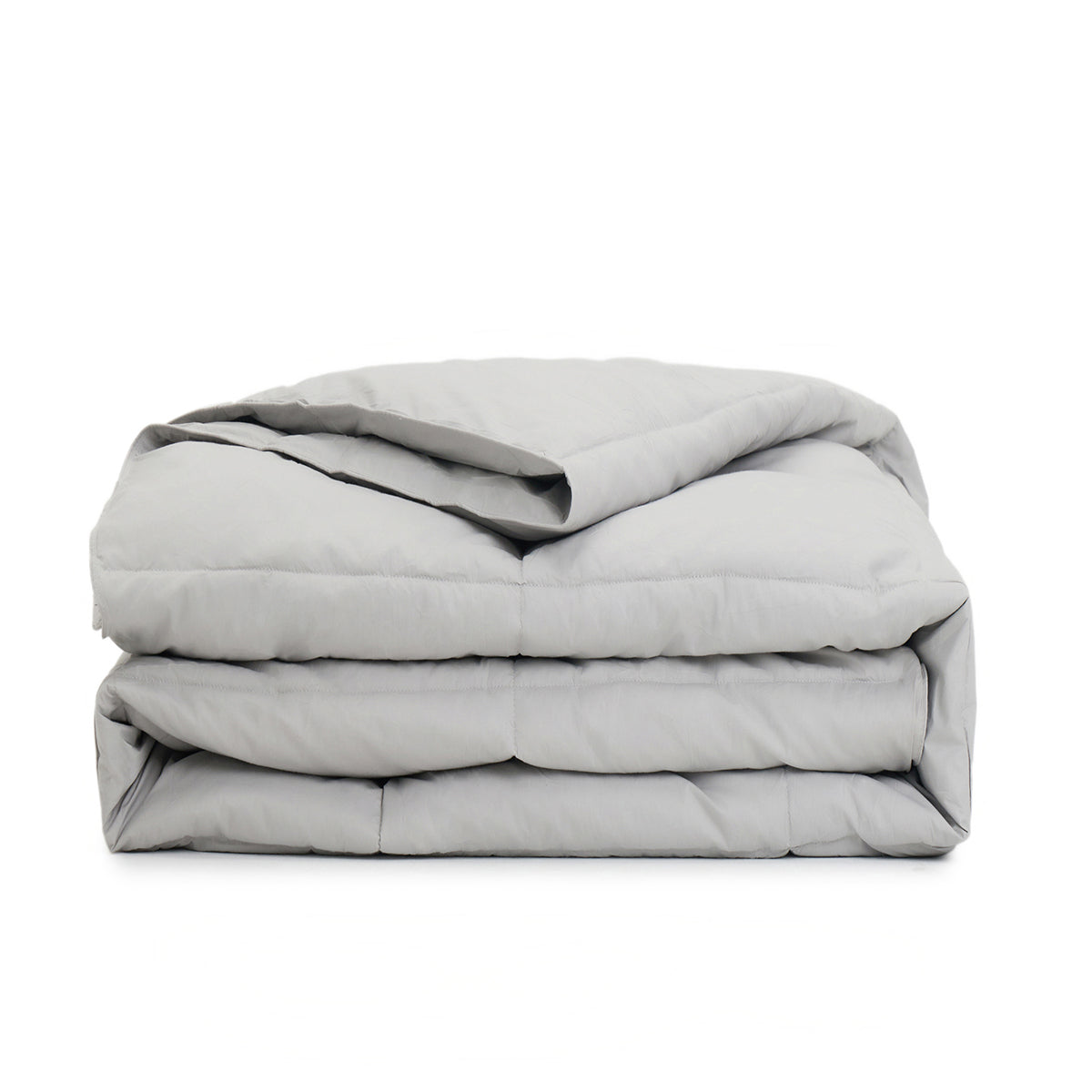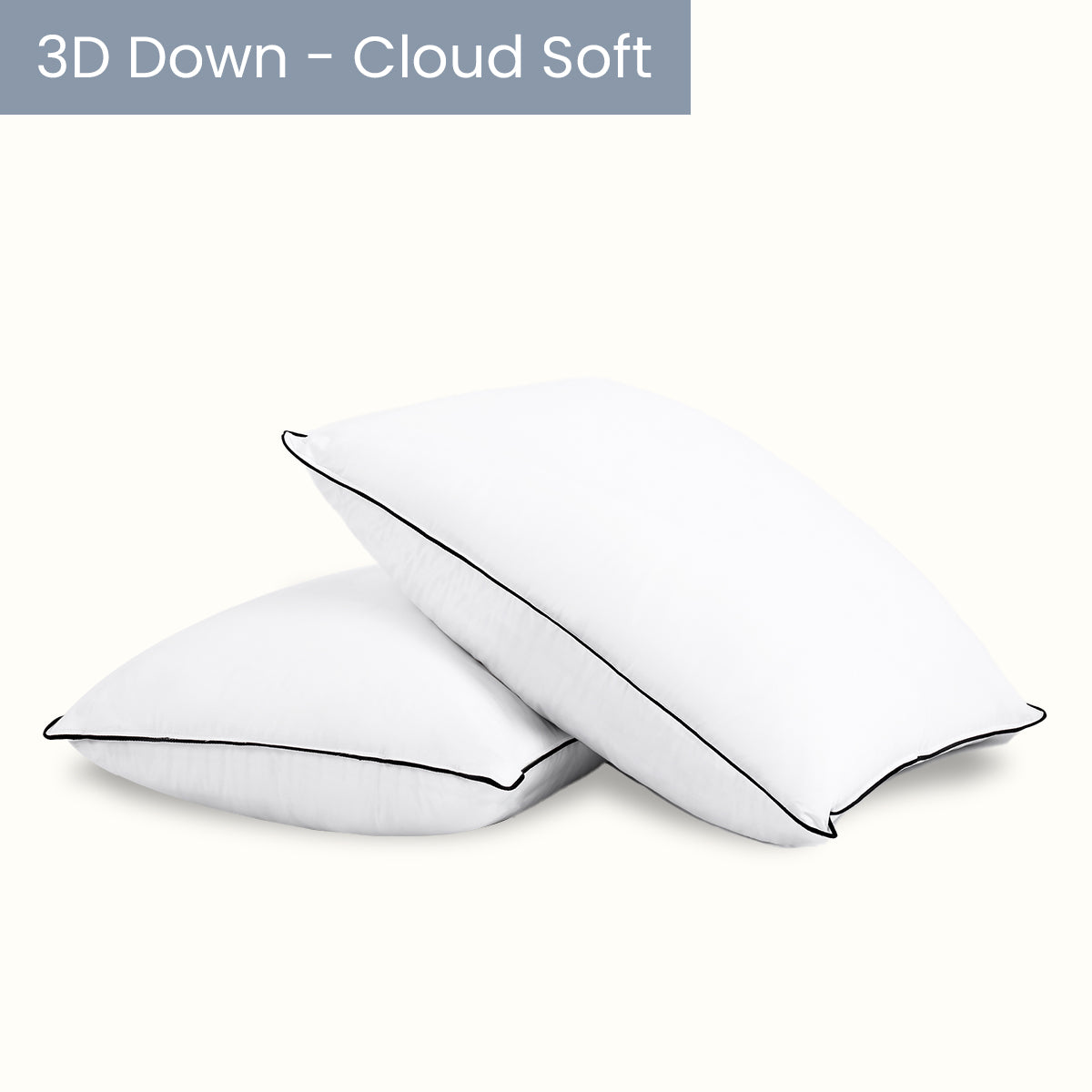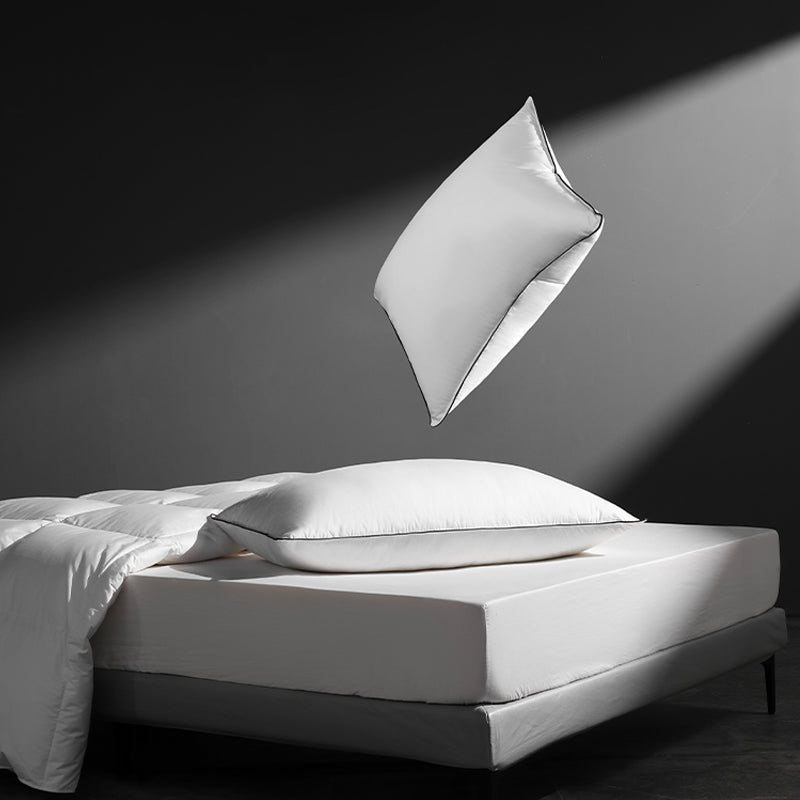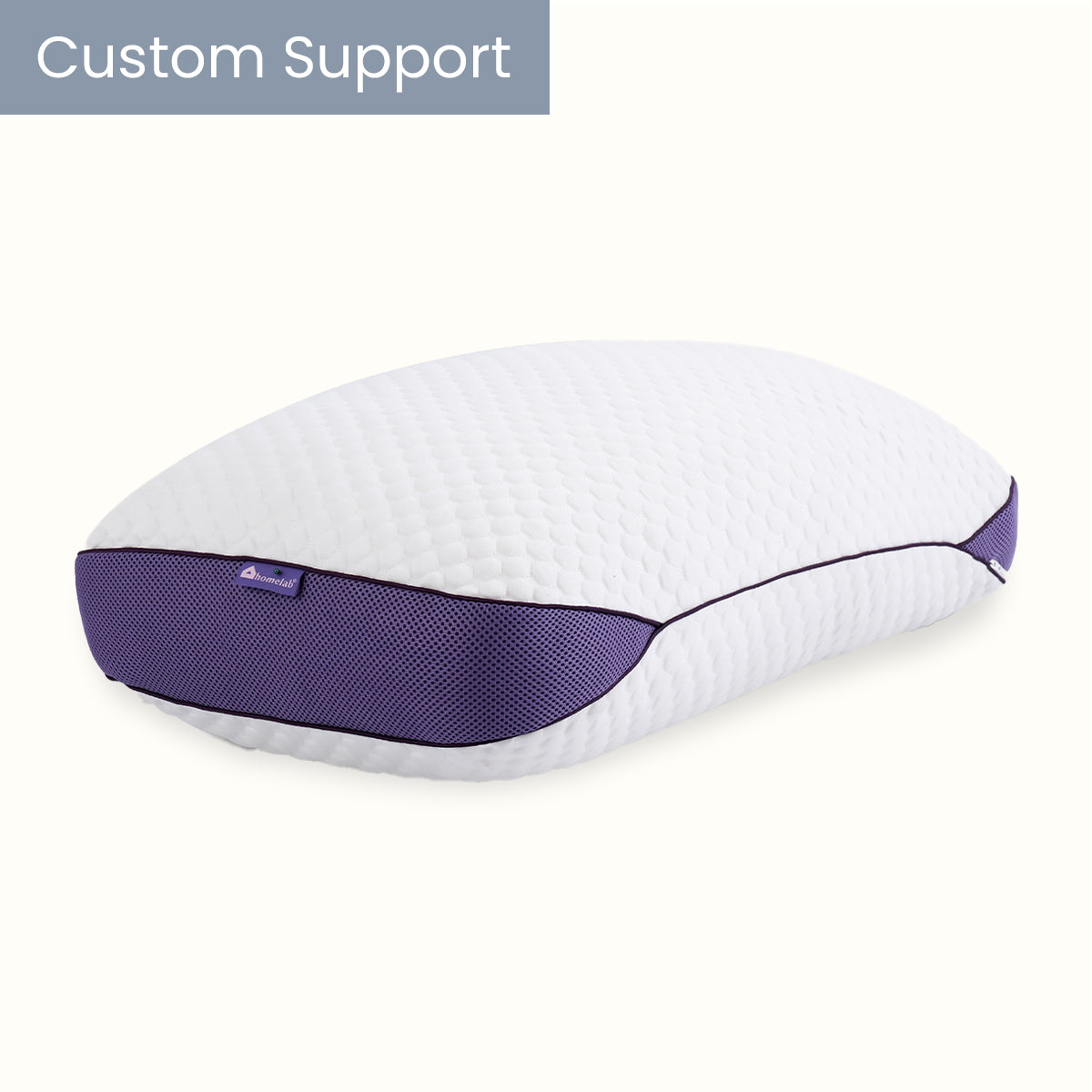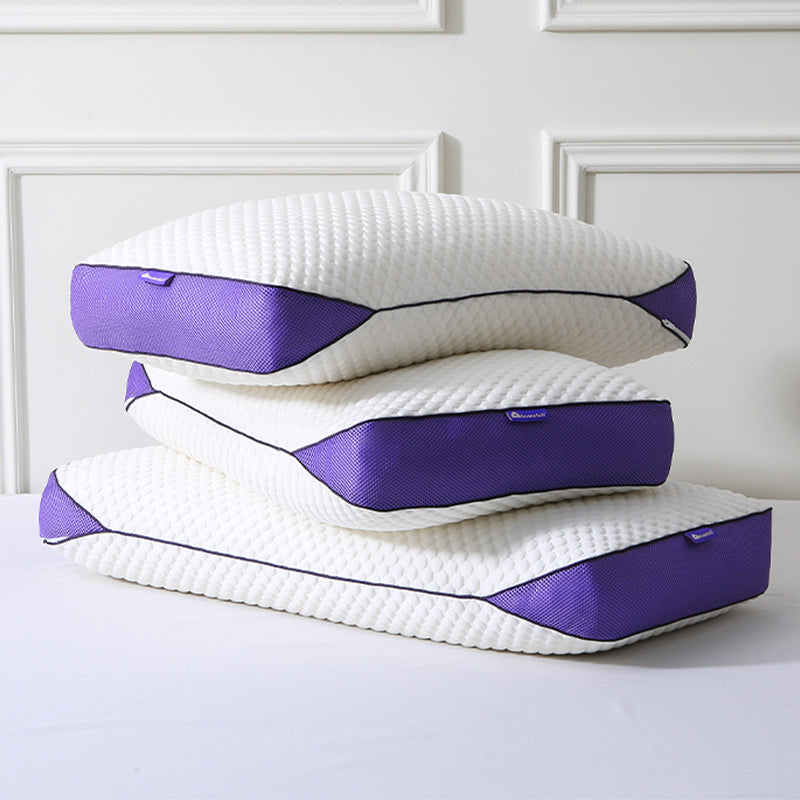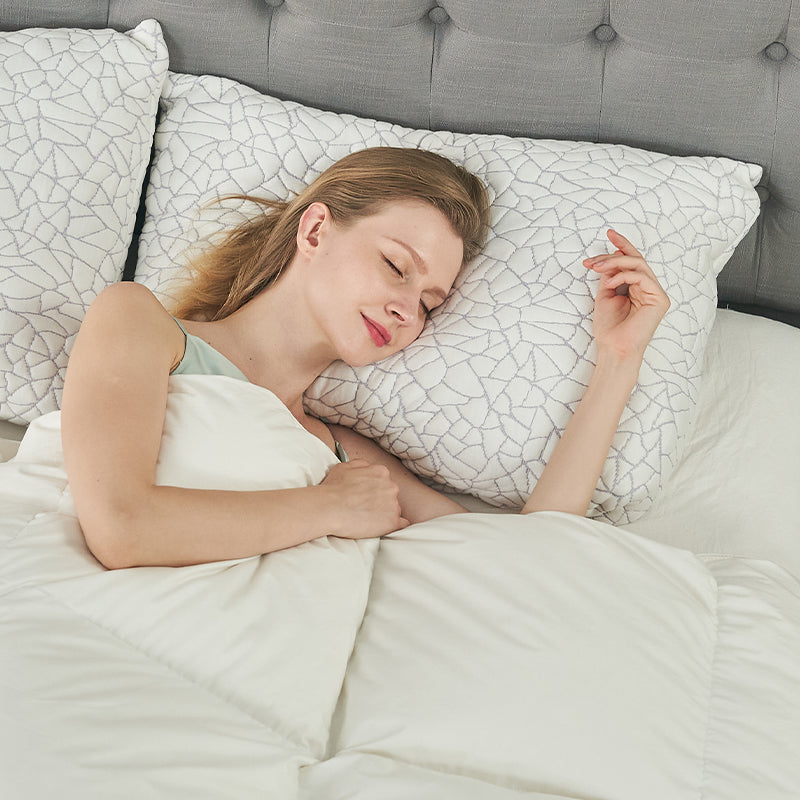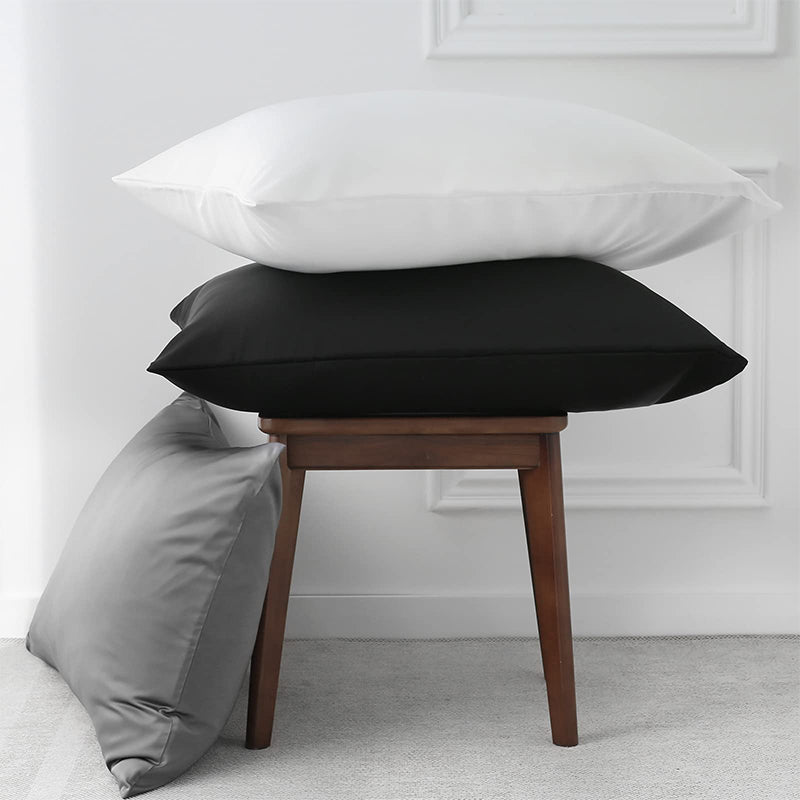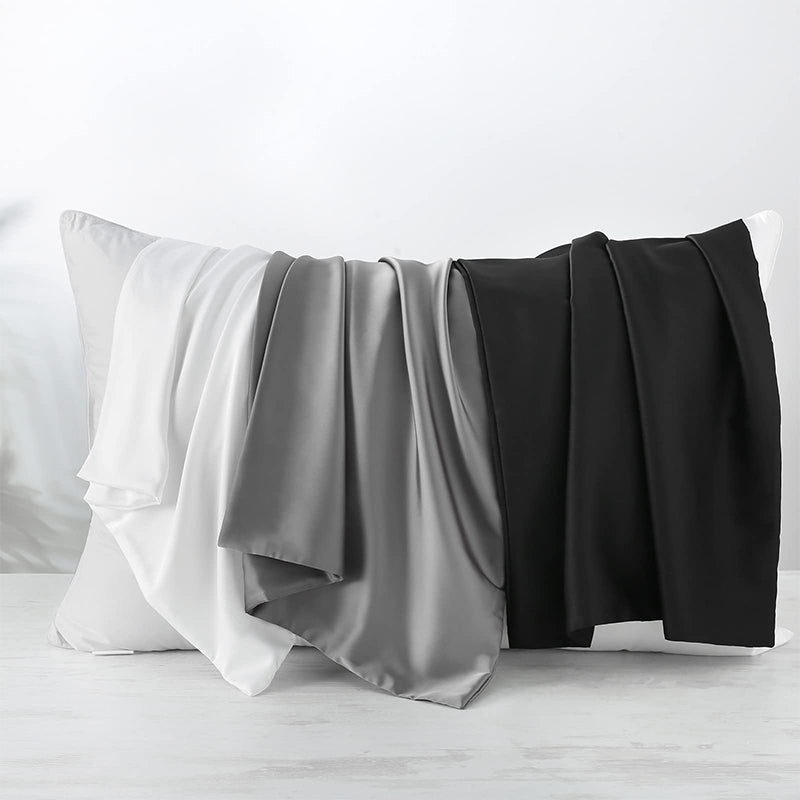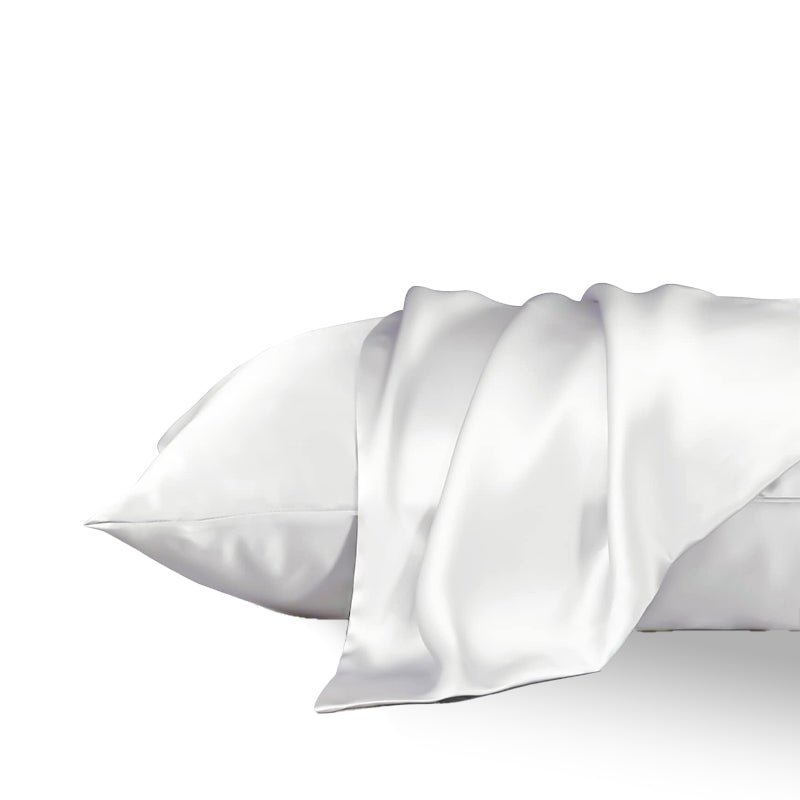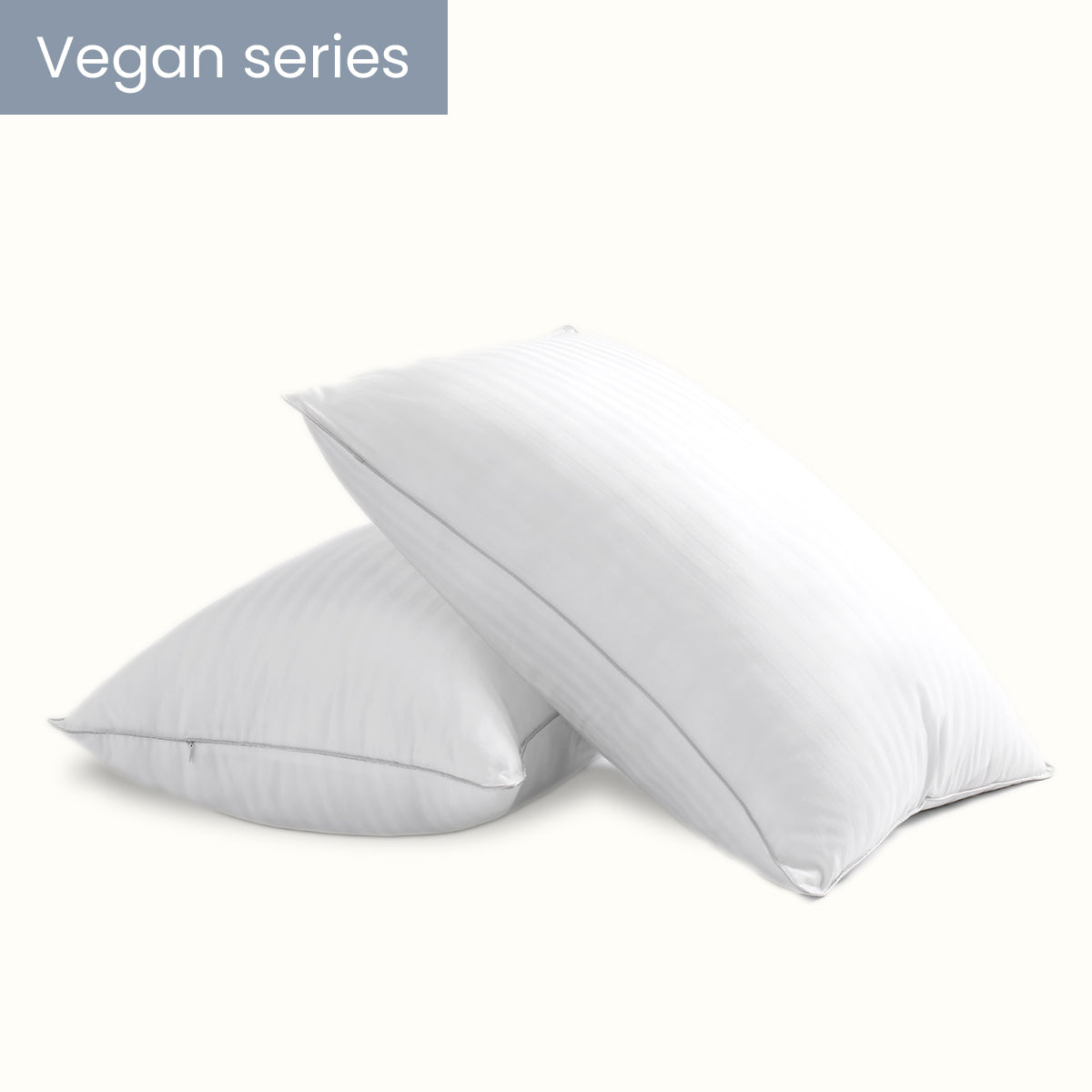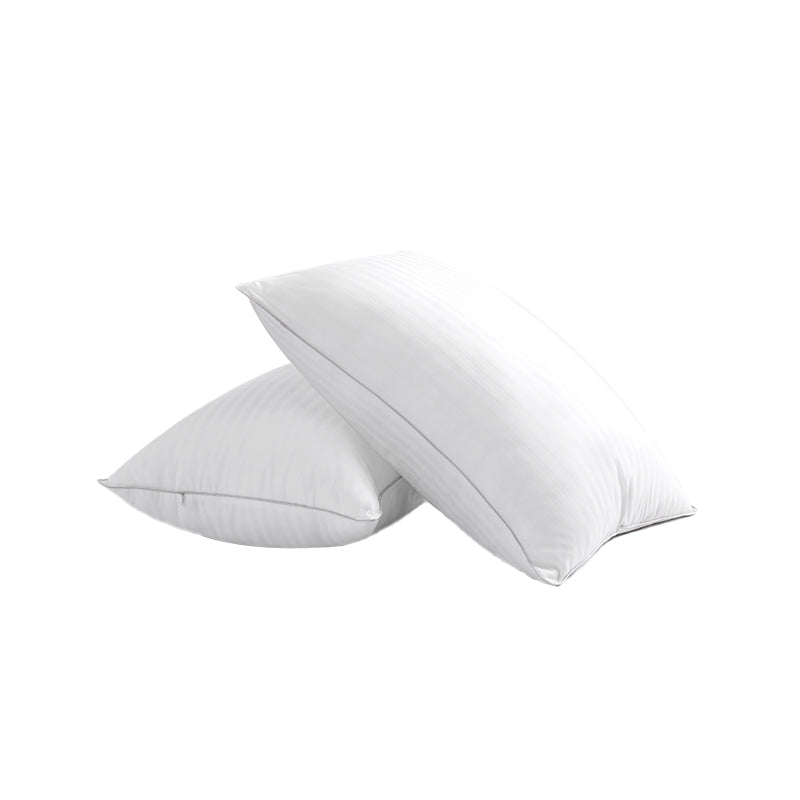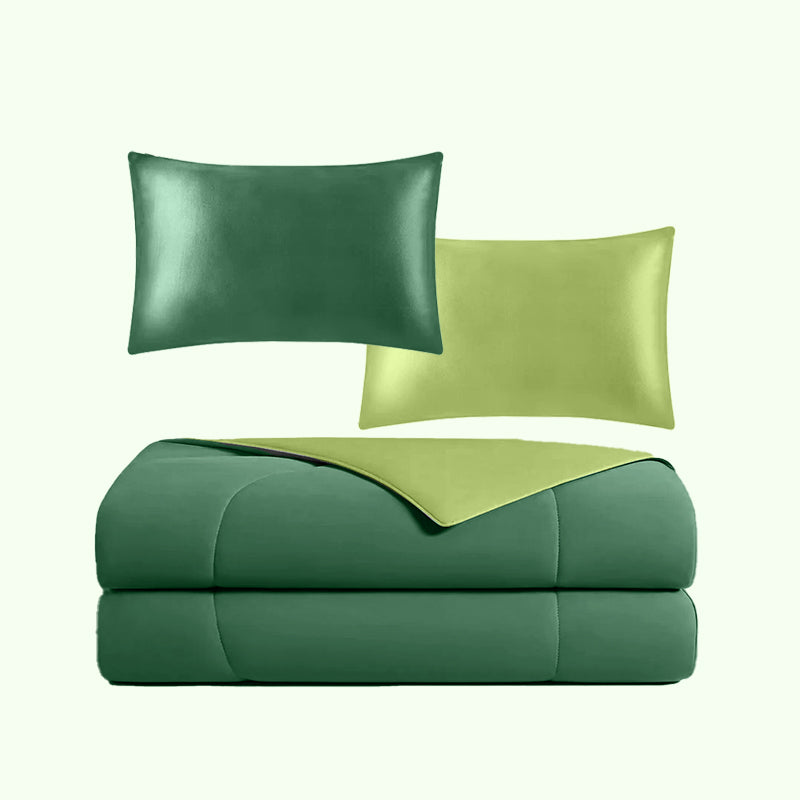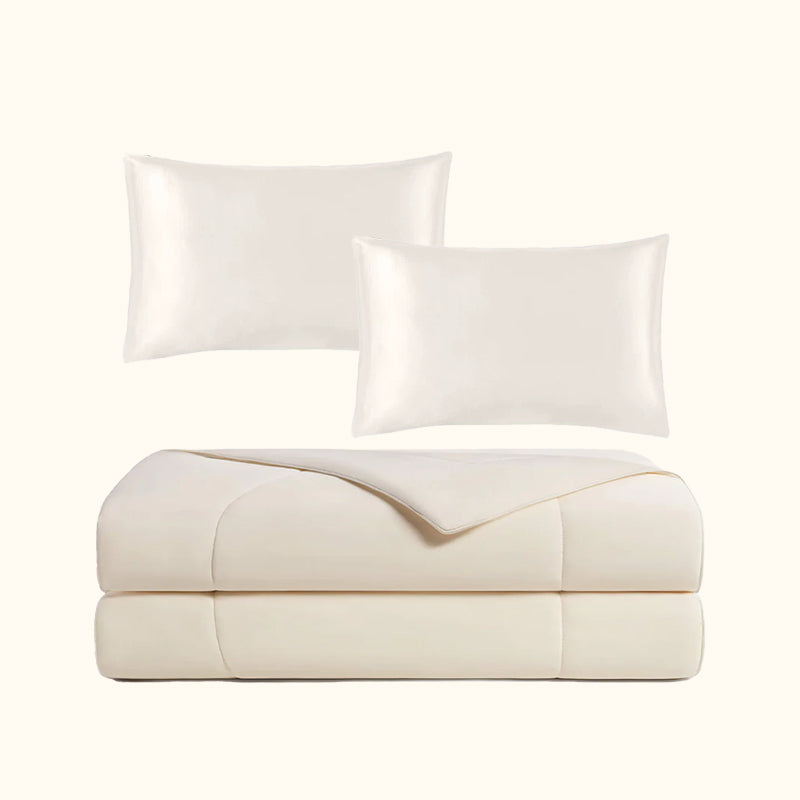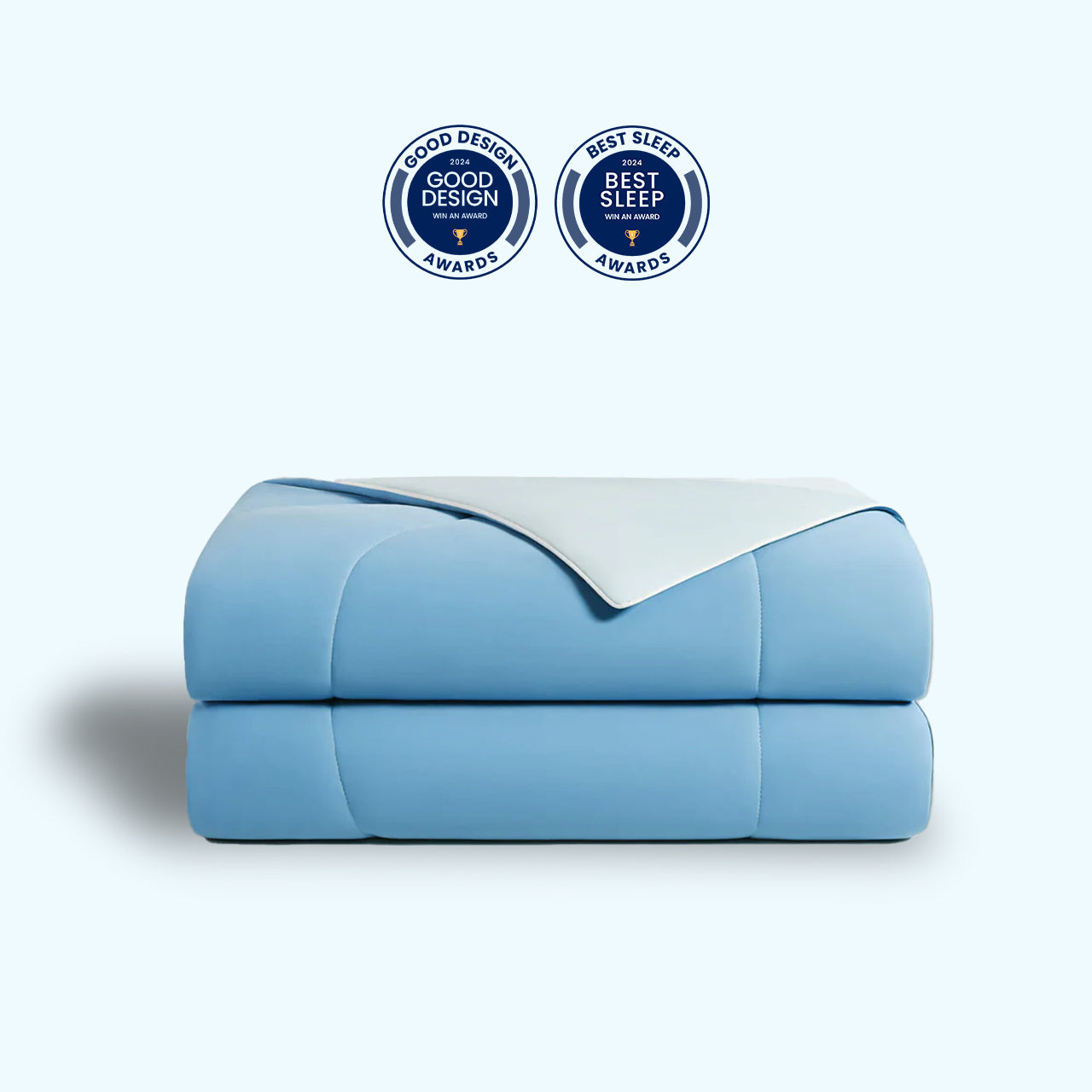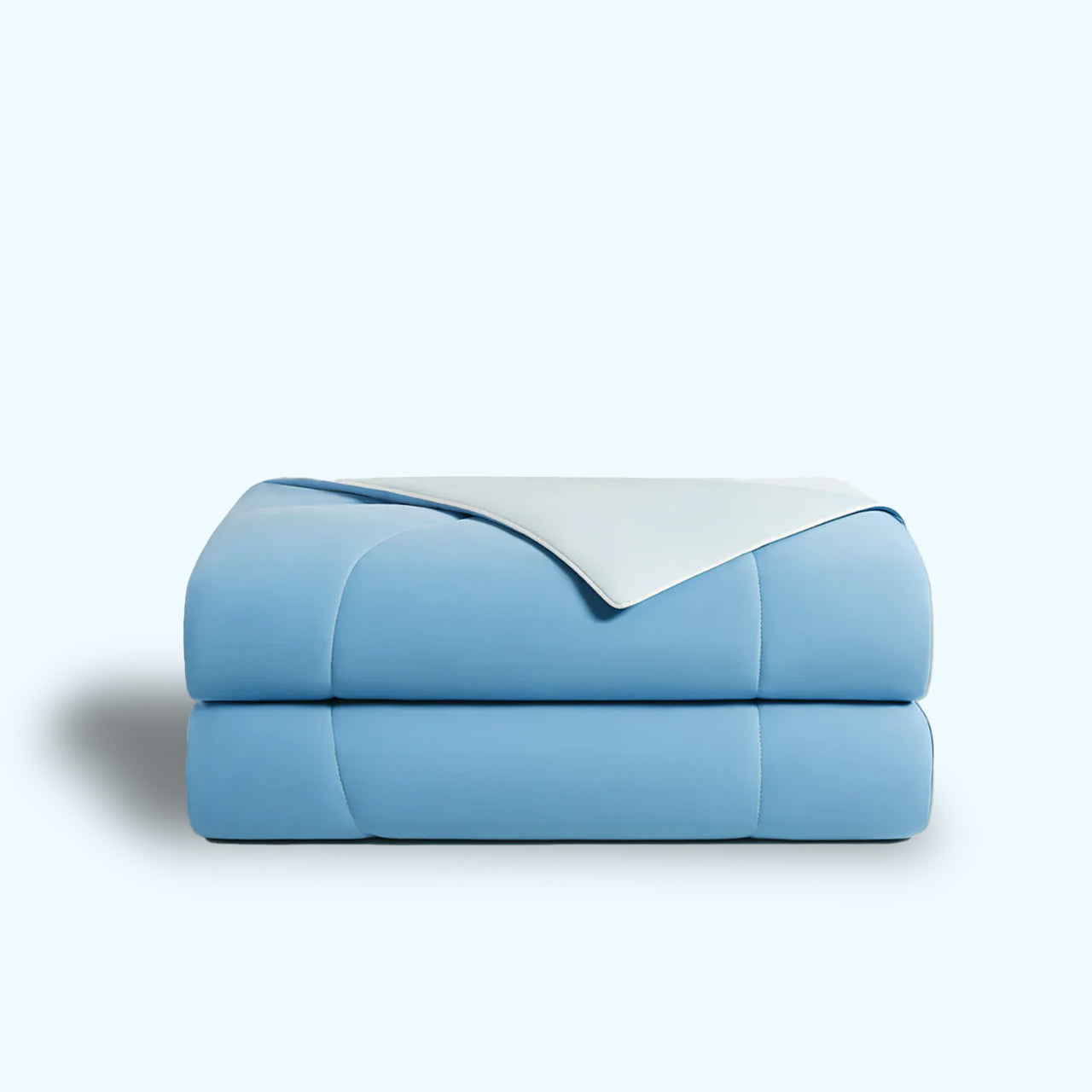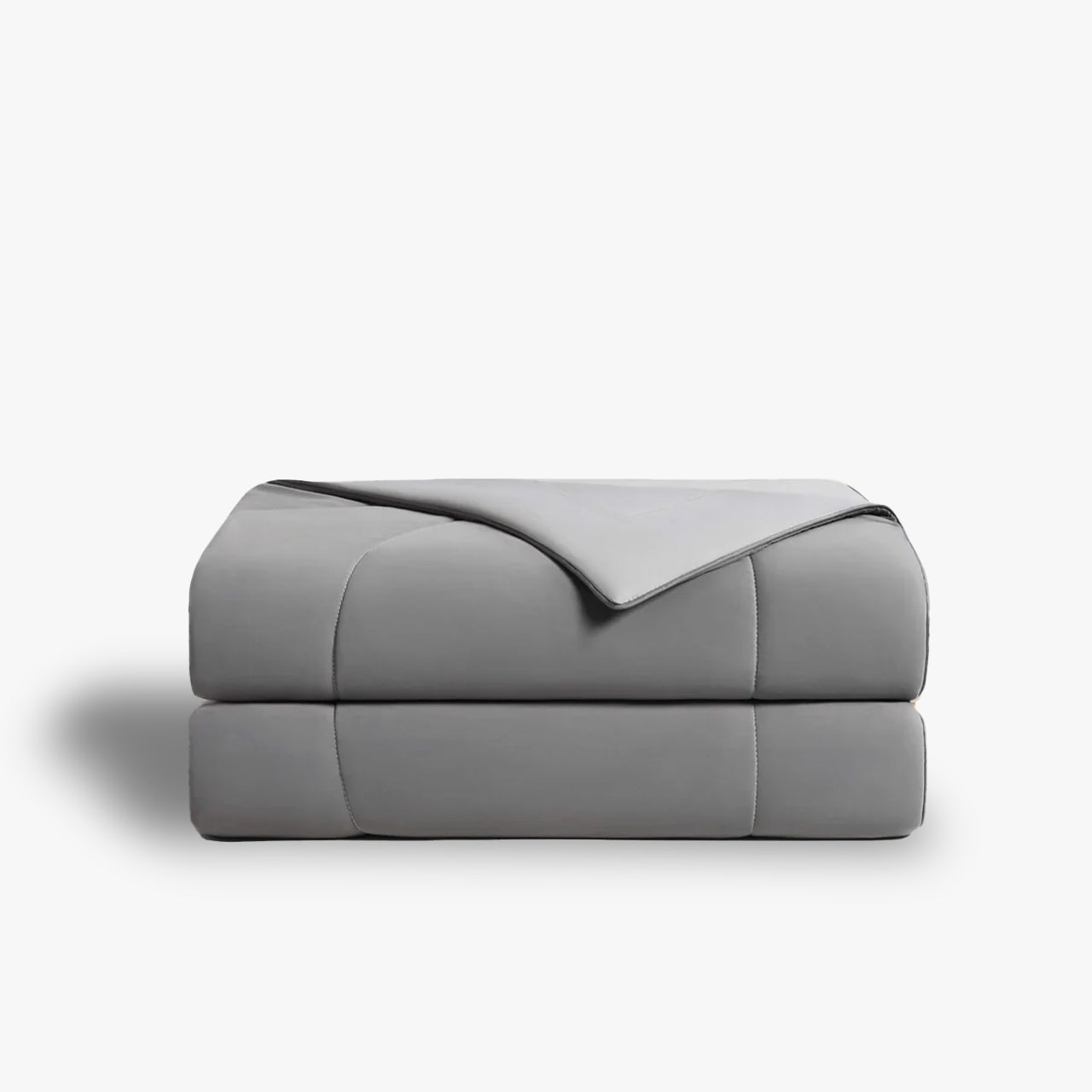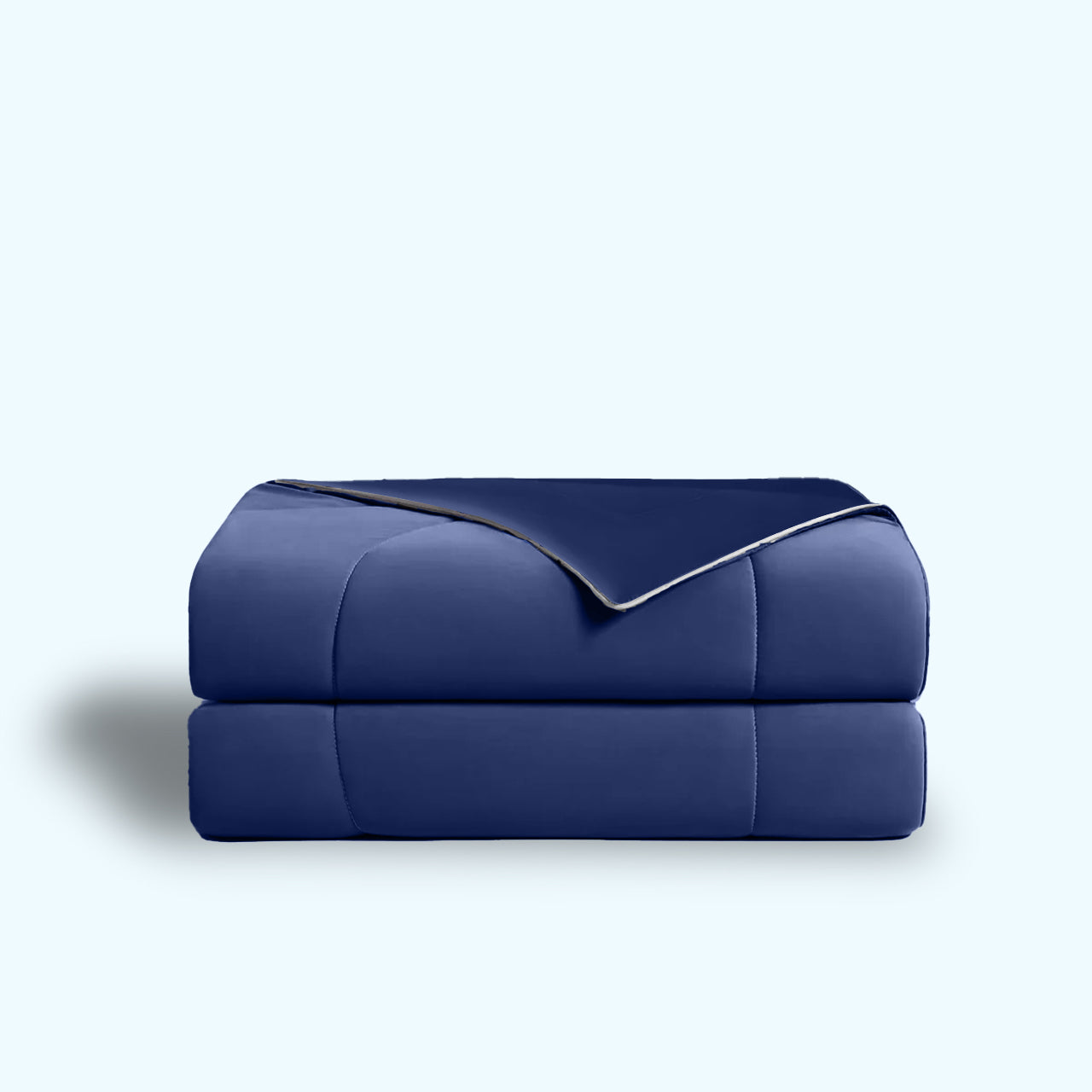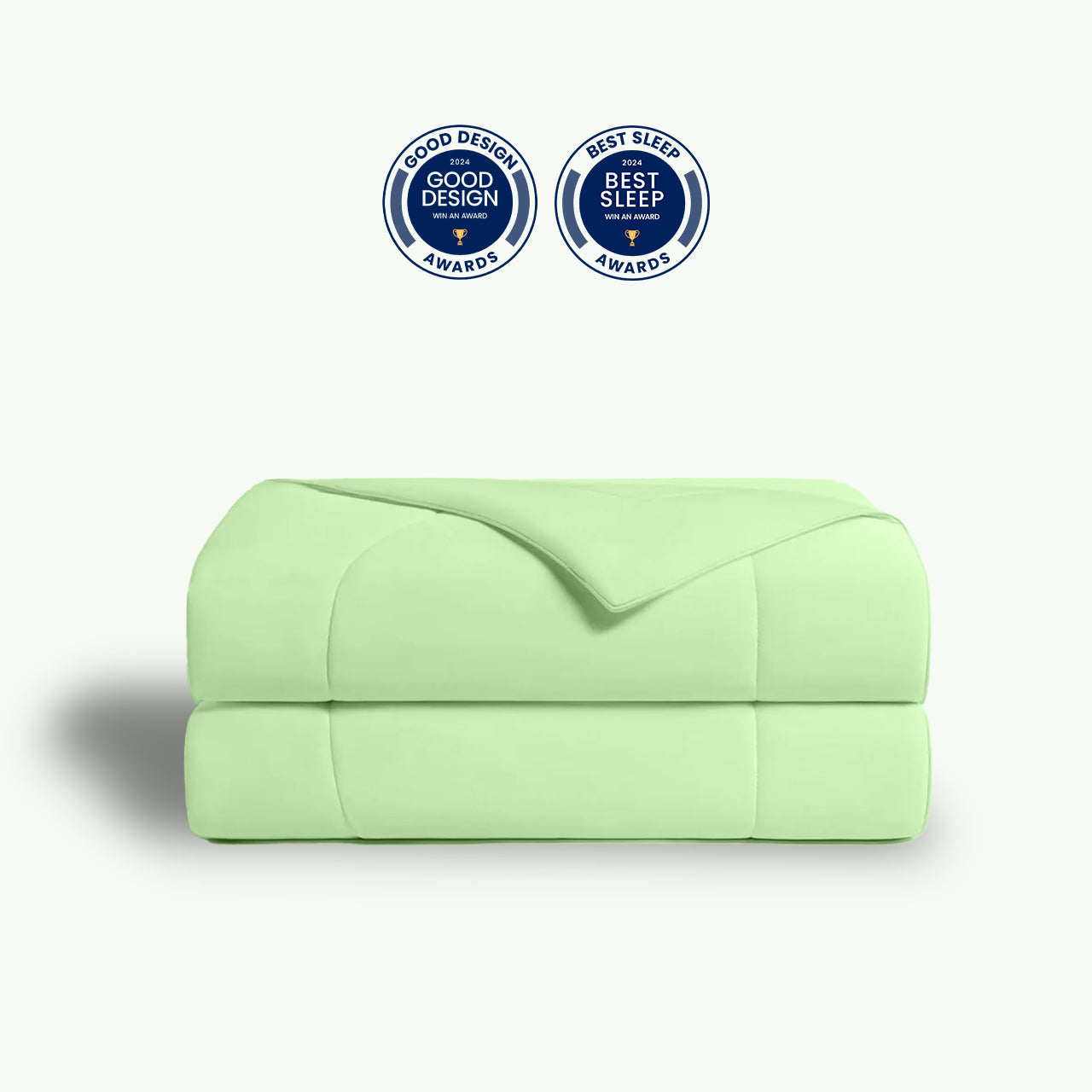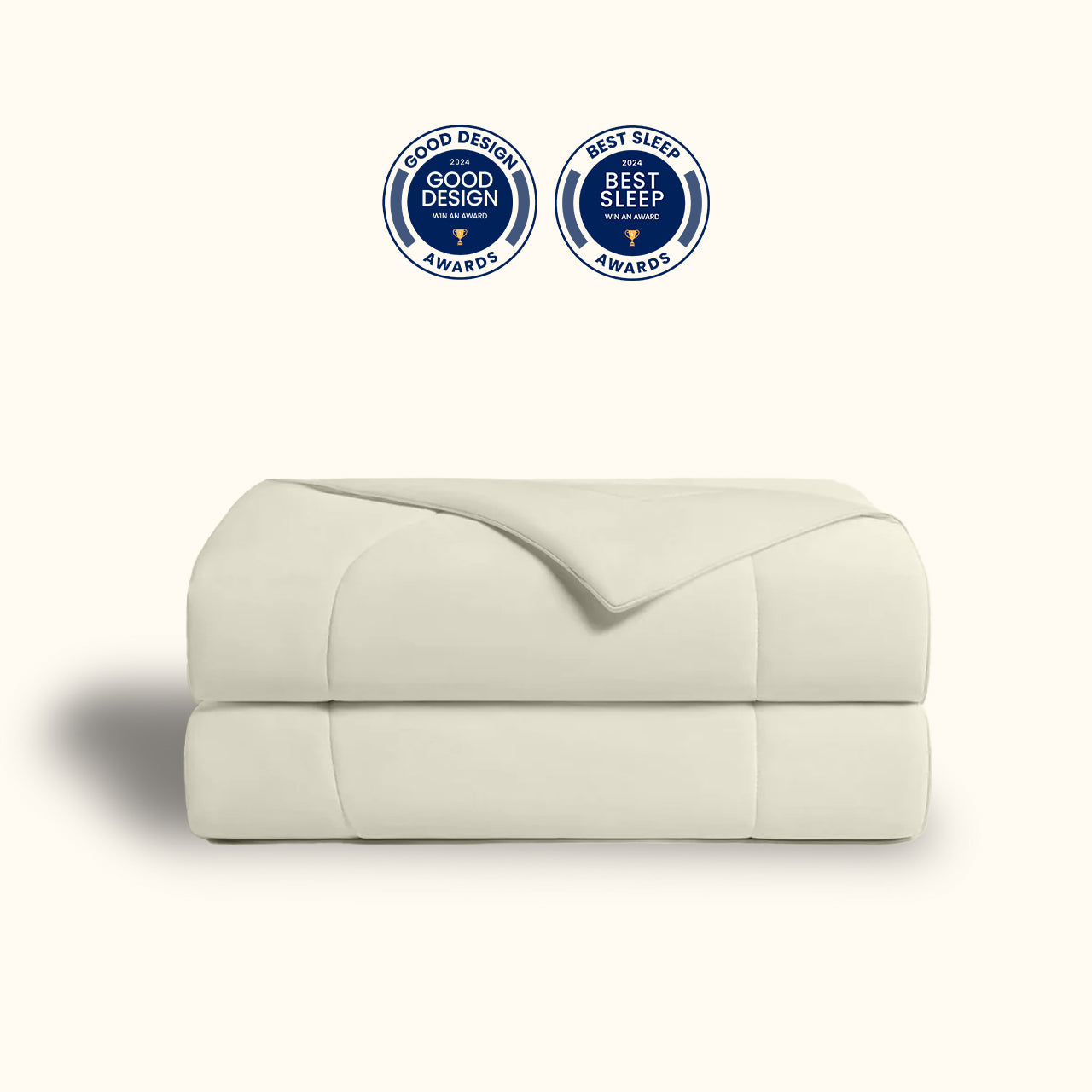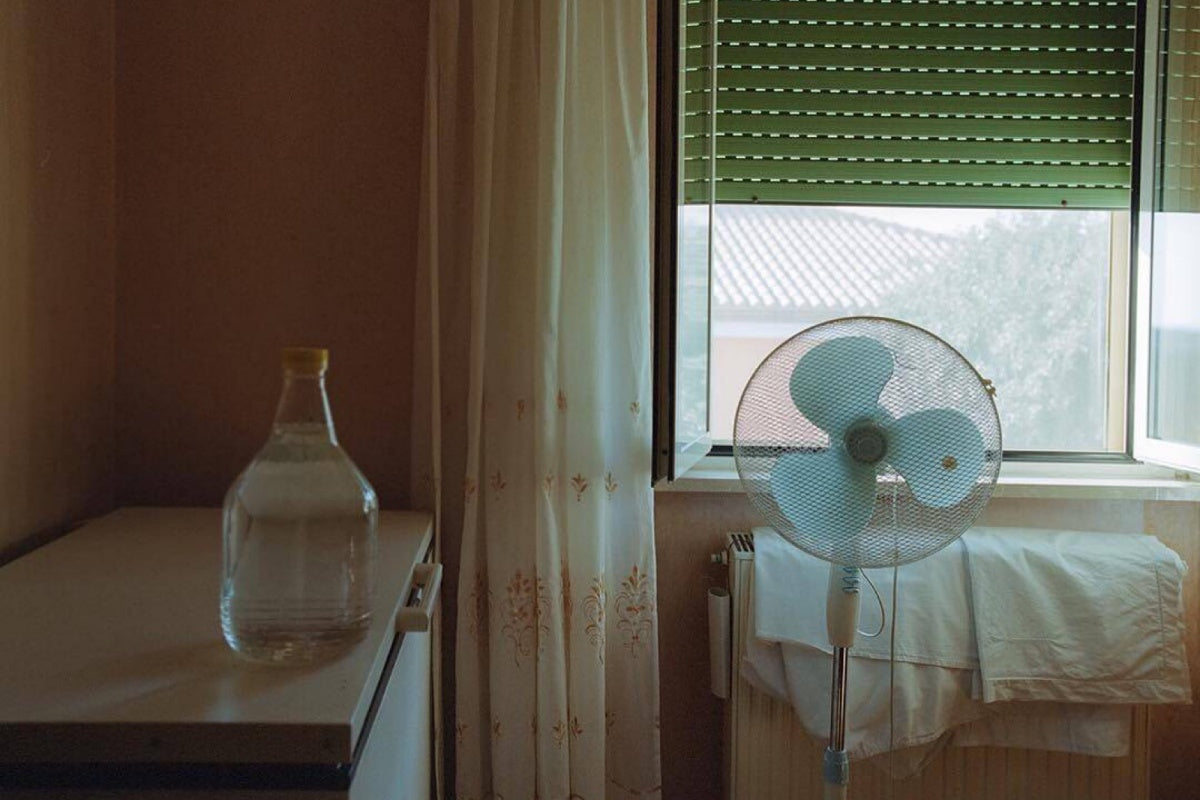You're not alone. Many people struggle to sleep because their traditional comforter traps heat, leaving them hot and restless. But what if there was a better way? Cooling comforters promise a cooler, deeper sleep—but do they really work?
Why We Get Too Hot Sleeping
Our bodies make heat when we sleep—about 40-60 watts, like a small bulb. Normally, this heat leaves our skin, keeping us around 36-37°C. Traditional comforters stop this:
• Cotton/flannel covers: Tight fibers block air. Heat stays near skin.
• Regular polyester filling: Poor at absorbing sweat. Sweat sticks to skin, making the comforter feel like a warm wet bag.
• Stiff fabric: Doesn’t move easily. Rolling over squishes air pockets, trapping more heat.
Even thin traditional comforters can feel hot. It's not that you hate heat more—it’s that the comforter "can't breathe".
How Cooling Comforters Work
Good cooling comforters act like small thermostats. Most have 85% Climaloft™ Polyester + 15% Mulberry Silk inside, with 88% Nylon + 12% Spandex covers. Here's how:
1. Cool to touch, fast heat removal: Nylon conducts heat 1.5x better than cotton. It pulls heat from your body instantly. It absorbs lots of heat without getting hot—like a cool metal sheet, but not icy.
2. Air flow stops sweat buildup: Climaloft™ fibers are hollow and spiral-shaped, with tiny gaps. Moving lets air flow through, pushing heat out—like millions of small fans.
3. Sweat absorption, silk keeps dry: Silk has water-loving parts. It soaks up 30% of its weight in sweat (twice cotton). Sweat dries fast through hollow fibers, avoiding the "sweaty-sticky-hotter" cycle.
|
Measure |
Traditional Cotton |
Regular Silk-like |
Good Cooling Comforter |
|
Cool to touch |
No |
Yes (<1 hour) |
Yes (4-6 hours) |
|
Sweat absorption speed |
Slow (50% in 2hrs) |
Medium (70% in 1hr) |
Fast (90% in 30 mins) |
|
Air flow |
5cm/s |
8cm/s |
15cm/s |
|
24hr feel |
Stuffy after 2hrs |
Too cold, then fails |
Steady 26-28°C |
How to Buy a Good Cooling Comforter
• Look for certifications like OEKO-TEX®. It ensures the comforter is free from harmful substances, making it safe for your skin during sleep.
• Check the material blend. A mix of high-performance fibers and natural silk is ideal. It keeps you cool, wicks moisture, and offers breathable comfort all night.
• Ensure ultra moisture-wicking ability. It should be significantly more absorbent than cotton, pulling sweat away to keep you dry—essential for hot sleepers.
• Choose machine-washable options. It should be easy to care for, with the ability to be washed on a gentle cycle and dried via tumble or hang drying.
BlueCool™ Cooling Comforter-Sky Blue
Cooling comforters change sleep. Traditional ones trap heat like old thermoses. Cooling ones adjust temp like smart mugs. Tired of fighting your blanket? Try one. Eight hours of good sleep beats saving a little cash.

